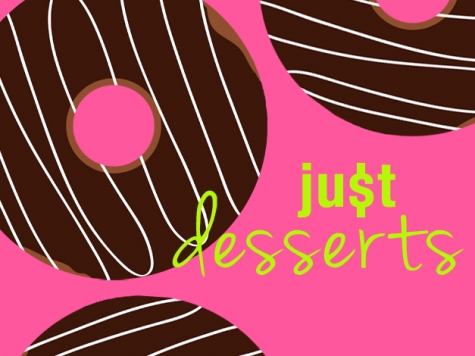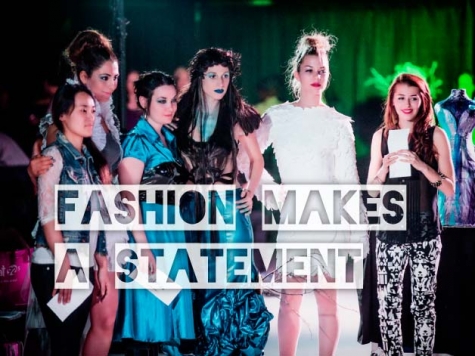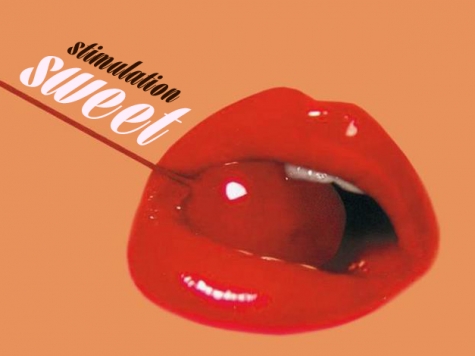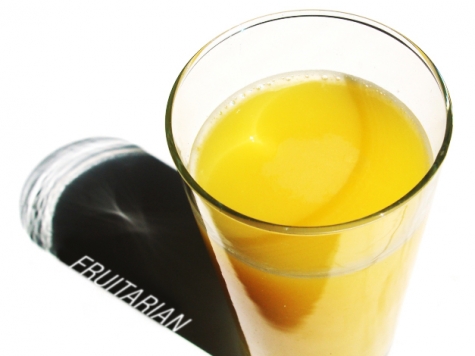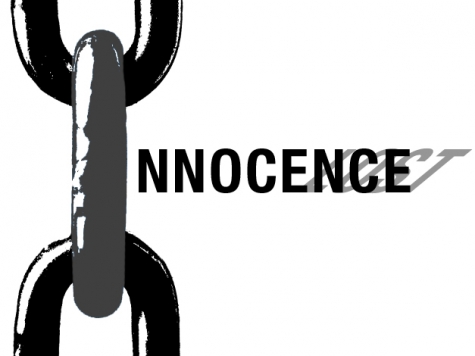Just Desserts: how to make the most of your money as a sugar addict
YEH - 3804 St Laurent Blvd | 1651 Sainte-Catherine St. Ouest | 5554 Monkland Ave
To me, Yeh is meh. The smell of the place makes me kinda nauseous, and I’m not a fan of the frozen yogurt, so I couldn’t review it in a fair way. Luckily I had a willing guinea pig of a friend who got exactly 5$ of froyo with toppings, and then listed out these pros and cons for me. PROS: it’s healthy-ish, there are lots of options, and you get a pretty fair amount for 5$. CONS: with so many options, you can easily pick wrong and it can taste weird. It’s usually crazy busy, and definitely not as cheap as it could be for what it is; I mean it’s self-serve, c’mon.
RIPPLES - 3880 St Laurent Blvd
YES, YES, YES AND YES. I love Ripples, the hole-in-the-wall ice cream store on St-Laurent. Peanut butter chocolate ice cream in a peanut butter chocolate waffle cone? Heck yes. Whatever your flavour, Ripples just makes good ice cream, and it’s a lot cheaper than many other Montreal options. 5$ will get you two large scoops in a specialty waffle cone. PROS: lots of bang for your buck, delicious ice cream and a charming environment. CONS: it’s usually packed in there, and there’s only one location.
On May 4th Marché St-Jacques was abuzz with glamour. Fashion designers, critics and lovers from all across Montreal were in attendance of the annual Wearable Art Fashion Show, hosted by Heels and HeART. The event, now in its third year of operation, is one that emphasizes the artistic element of fashion, offering emerging designers and artists a chance to create wearable works of art that reflect a certain theme. On top of it all, all of the proceeds are donated to charity each year.
Heels and HeART, the organization that hosts the magnificent soirée each year, is an event-planning and publicity agency that specializes in production of fashion-based events. Founded by Kristina McGill and Alanna Ramgoolam in 2009, the company aims to combine elements of philanthropy and high fashion.
On June 4, 2013, Alexandre Choko launched The Future of Boxing, his magnum opus on the state of the sport, at Montreal’s Ritz-Carlton Hotel. The “Rumble at the Ritz” was a lavish, star-studded, red-carpet affair – a fitting homage to the late Angelo Dundee, boxing’s legendary trainer and media maestro, who helped Choko set up the 55 interviews with boxing legends that make up the meat of his book.
Dundee, who passed away in February of 2012 at the age of 90, is widely considered the greatest trainer and cornerman in boxing history, having worked with Muhammad Ali between 1960 and 1981, and with Sugar Ray Leonard during Leonard’s heyday in the 1980s.
But Dundee’s impact on Ali and Leonard stretched beyond the ring, as Dundee encouraged his superstar pupils to embrace fame’s spotlight and use the media to hype themselves, the sport, and their next fight using their natural charisma to charm the cameras. As Dundee once said: “I made Ali talk.”
I trace my spoon over the glossy yet rough surface, carving a fine line across its earth-coloured crust. My heart beats faster as the sweet baked chocolate aroma hits me, and I run my tongue over my lower lip anticipating the first taste. I pull at the spoon with my top teeth and press my tongue against the sticky rich mound of sweet bitter heaven, melting, dissolving, bringing me to tastebud ecstasy. I hold my breath, spoon poised, anticipating the next bite.
They say the way to a woman’s heart is through her stomach. But is it also the way into her pants? For time immemorial humankind has used food as foreplay. Whether the aphrodisiac qualities of the foods are chemical or simply based on appearance, taste, texture or tradition, certain foods are famed for turning us on. Oysters, chocolate, figs and ginger are among the many foods that have been endowed with sexual powers. Though they may not, in fact, stimulate the sexual organs, they do stimulate the senses and the mind, triggering sexual desire and leading the way to sensory satisfaction.
A litre of freshly squeezed orange juice – that’s all the young man next to me had for dinner at a vegetarian potluck I attended last year. He sipped slowly from his glass bottle while I sat down next to him with a heaping plate of food. This made for an uncomfortable start to the evening, but after introducing myself, self-consciously starting in on my plate, and asking him why he wasn’t eating, Matt told me that for him the shift to drinking nothing but orange juice – which was all he’d eaten for the past two weeks – had been relatively easy.
Few people would choose the middle of a Montreal winter to become a fruitarian, but he had spent the previous year eating 100% “raw” – only uncooked vegetables, fruit, seeds, nuts, and cold-pressed oils. The toxins in cooked foods block pathways in the body, he explained, and many “raw” foods are still difficult to digest. The transition from “raw” to fruitarian had meant replacing the giant salads of lettuces, sprouts, cucumbers, and carrots that took him an hour to eat with hand-squeezed litres of juice. His life became a lot easier when he invested in a juicer.
At best, Innocence Lost leaves its audience uncomfortable; at worst, expect to walk out just plain cynical about the Canadian justice system.
Small-town Ontario. Late 1950s. Mostly middle class. Entirely white. Fourteen-year-old Steven Truscott is in a live replica of Leave it to Beaver. However, unlike the sitcom, Steven soon finds himself declared guilty of the rape and murder of Lynne Harper, aged 12. Immediately after, he’s on death row.
To a young legal professional, the title is inappropriate. Every first year law student learns not to look at a defendant as guilty or innocent, but instead to consider whether the verdict is guilty or not guilty.

